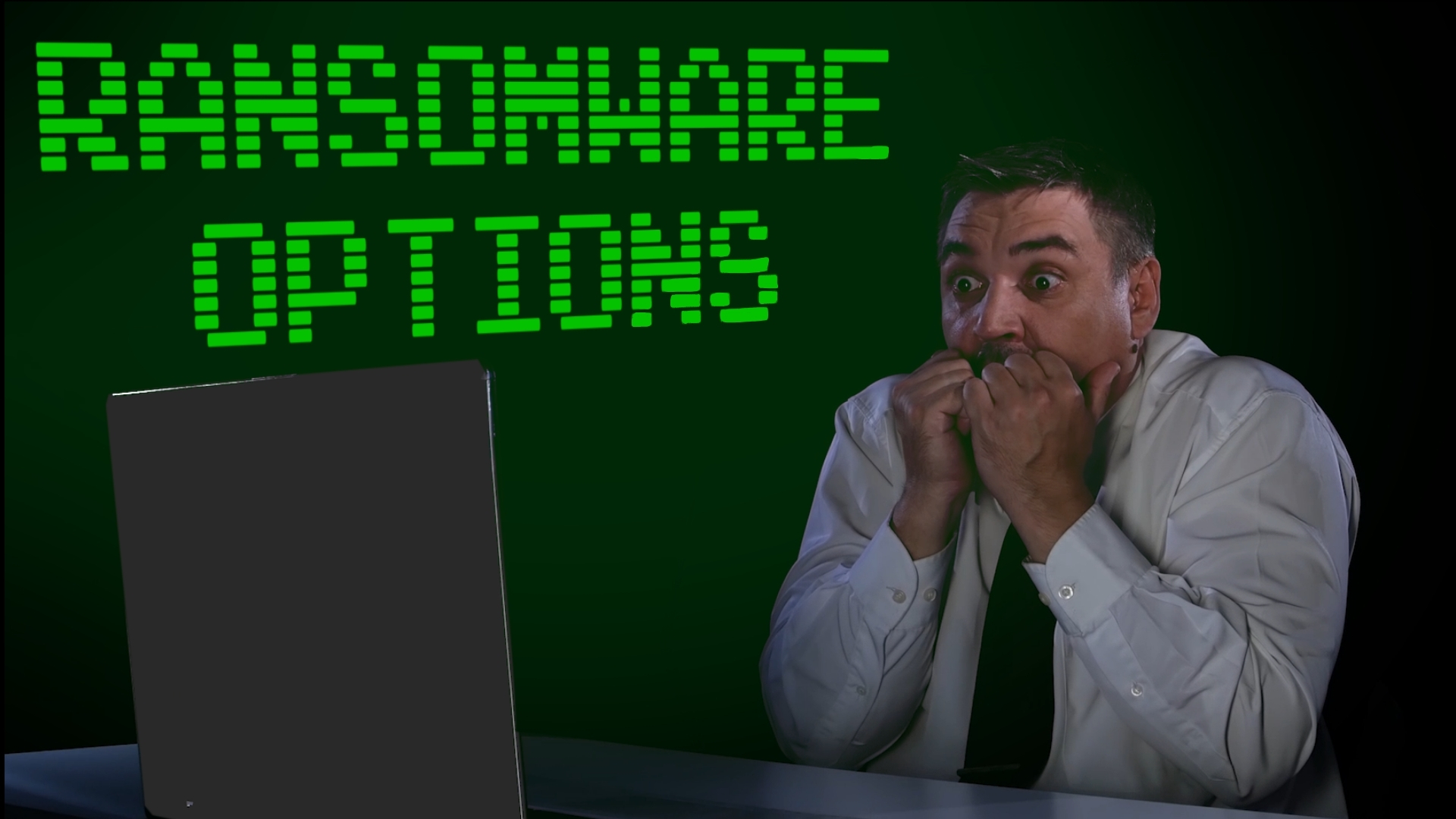In the face of a ransomware attack, businesses often find themselves in a stressful dilemma: pay the demanded ransom or risk losing valuable data. But, what’s the best way to pay for ransomware? (Hint: You shouldn’t) Recent revelations about the evolving tactics of ransomware gangs show they’re offering “options” for ransom payments.
According to recent research, ransomware groups have begun offering victims various payment choices, adding complexity to an already dire situation.
One such option includes a “buy now, pay later” to delay the publication of stolen data, with a hefty standard fee of $10,000. Alternatively, victims can opt to pay for the deletion of their data before it’s exposed to the public eye. These amounts are often subject to negotiation, intensifying the pressure on affected businesses.
To heighten the stakes, ransomware groups have integrated alarming features into their websites. These include countdown timers, displaying the dwindling time businesses have before their data is released, along with view counters and tags revealing victims’ identities and descriptions. Such tactics aim to coerce victims into compliance with the demands.
Despite the temptation to pay the ransom to quickly safeguard business data, yielding to such demands is ill-advised.
Why you SHOULDN’T pay the ransom:
- No Guarantees: Paying the ransom offers no assurance of data retrieval or exemption from future demands.
- Funding Criminal Activities: By capitulating to the demands, businesses inadvertently finance criminal operations, perpetuating the cycle of cyber attacks.
- Legal Risks: Some governments have outlawed ransom payments, potentially exposing paying businesses to legal ramifications.
Instead of succumbing to ransomware demands, businesses should prioritize proactive measures to fortify their defenses.
What you SHOULD do when hit with ransomware:
- Regular Backups: Maintain secure backups of crucial data to mitigate the impact of ransomware attacks.
- Employee Training: Educate staff about ransomware risks and empower them to identify phishing attempts and suspicious links.
- Cybersecurity Investment: Deploy robust cybersecurity software and ensure regular updates to shield against evolving threats.
- Patch Management: Keep systems and software updated with the latest security patches to close potential vulnerabilities.
- Network Segmentation: Segment networks to contain the spread of ransomware in the event of a breach.
- Incident Response Planning: Develop a comprehensive incident response plan to streamline actions in the event of a ransomware attack.
Paying ransomware perpetrators only perpetuates the cycle of victimization. Instead, businesses must adopt a proactive stance against such threats. If you’re seeking assistance in bolstering your cybersecurity posture, don’t hesitate to reach out to us. We’re here to help you navigate the ever-evolving landscape of cyber threats.
Find out more about what’s new in the tech world by following our blog!
Click here to schedule a free 15-minute meeting with Stan Kats, our Founder, and Chief Technologist.
STG IT Consulting Group proudly provides IT Services in Greater Los Angeles and the surrounding areas for all your IT needs.





